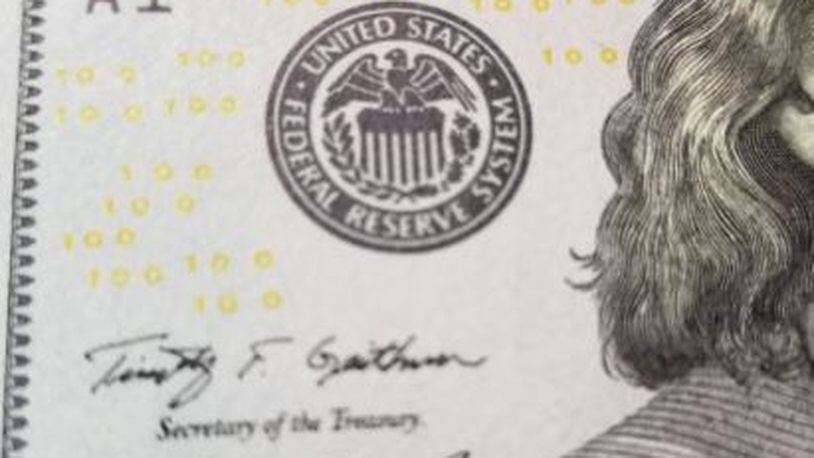It was the second straight month that revenues had increased on a monthly comparison from a year earlier, after three straight months of declining figures.
Spending dropped in a similar year-to-year comparison, as federal outlays were nearly $376 billion in March, compared to $419.5 billion a year earlier.
In terms of the yearly deficit, the Treasury Department says that now stands at $691.2 billion, compared to just under $600 billion a year earlier.
The White House has predicted a deficit in Fiscal Year 2019 of over $1 trillion, which would be the first time since 2012.
New numbers from @USTreasury show the Federal budget deficit at $147-billion in March, bringing the 6-month deficit total to $691-billion. OMB expects the deficit to top $1-trillion this year, FY2019.
— Mark Knoller (@markknoller) April 10, 2019
Showing evidence of the strength of the economy, individual income taxes paid to the federal government in March totaled $97.2 billion in March, up from $88.1 billion a year earlier.
Overall, federal revenues are still slightly down in the first six months of the 2019 fiscal year, when compared to 2018, by just over $12 billion.
That figure would be worse if not for an increase in customs duties as a result of new tariffs instituted by President Trump - the U.S. has brought in $34.7 billion in import duties so far in 2019, almost doubling the $18.4 billion in the same six month period from last year.
The deficit for all of 2018 was $779 billion. It currently stands at $691.1 billion in 2019, with six months left in the fiscal year.
Just in: US Treasury predicts $1.1 trillion deficit for FY 2019, according to latest monthly treasury statement released today.
— Heather Long (@byHeatherLong) April 10, 2019
The deficit was $665.4 billion in FY 2017.https://t.co/tq8ds3HDFO #debt
The latest deficit estimate from the Treasury Department this year is just under $1.1 trillion.
About the Author
